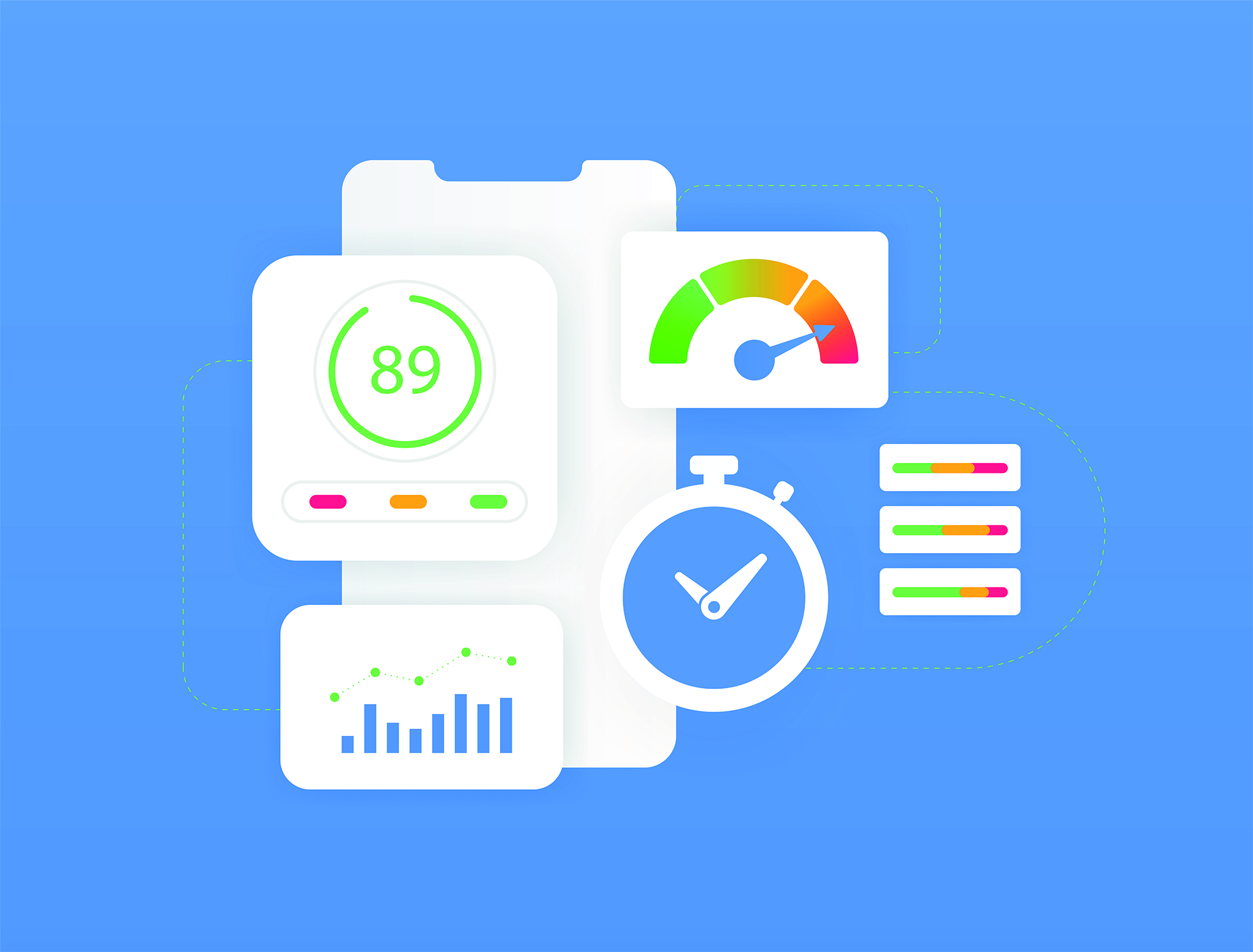
In the digital age, simply having a website is no longer enough. With millions of sites competing for attention, how can yours stand out? The answer lies in Search Engine Optimisation (SEO) — a collection of strategies designed to help your website rank higher on Google and other search engines.
Whether you’re a small business owner, blogger, or marketing professional, understanding the basics of SEO can drastically improve your online visibility and attract more visitors to your site. In this guide, we’ll walk through the essentials of SEO and provide actionable tips to help you climb the Google rankings.
SEO stands for Search Engine Optimisation, a process aimed at improving a website’s visibility in search engine results pages (SERPs). When people search for products, services, or information, they tend to click on one of the top results. SEO helps ensure your site appears near the top of those listings.
SEO involves both on-page (what’s on your site) and off-page (external factors like backlinks) tactics, and while search algorithms change frequently, the core principles remain fairly consistent.
Here’s why ranking higher on Google is so important:
SEO is a long-term investment, but one that pays off with consistent, targeted traffic.

Keywords are the foundation of SEO. They are the terms people type into Google when looking for something.
How to Do Keyword Research:
Once you’ve identified relevant keywords, naturally integrate them into your content, titles, headings, meta descriptions, and URLs.

Your website’s content should be both user-friendly and search engine-friendly.
Key On-Page Elements to Optimise:
Don’t forget to use alt text for images, which improves accessibility and image SEO.
Google rewards websites that provide valuable, original content. Content is king — but only if it genuinely helps your audience.
Content Tips:
A great content strategy involves blogs, landing pages, guides, case studies, and even videos — all optimised for SEO.
Google’s algorithm favours websites that load quickly and perform well on mobile devices.
How to Improve Technical Performance:
A faster, more responsive site improves user experience (UX), which Google considers a ranking factor.

Backlinks — links from other websites to yours — act like votes of confidence. The more reputable sites that link to you, the more trustworthy you appear to search engines.
Strategies to Gain Backlinks:
Avoid spammy links or “black hat” tactics — these can result in penalties.
Google provides several free tools to help you monitor and improve your SEO.
Regularly reviewing these tools helps you make informed, data-driven decisions.

If your business has a physical location or serves a specific area, local SEO is crucial.
How to Optimise for Local Search:
Appearing in the “local pack” can drive highly targeted traffic and footfall.

Mastering the basics of SEO is one of the most impactful things you can do for your business’s online presence. It’s not about tricking Google — it’s about creating a website that serves your users well and aligns with best practices.
By focusing on the key elements — from keyword research and content quality to mobile performance and backlinks — you can steadily improve your rankings and attract the right audience to your site.
SEO takes time, but with patience and consistent effort, the results are well worth it.
We would love to work with you on your next project or breathe new life into an existing one. Speak to our experts today!
Contact us